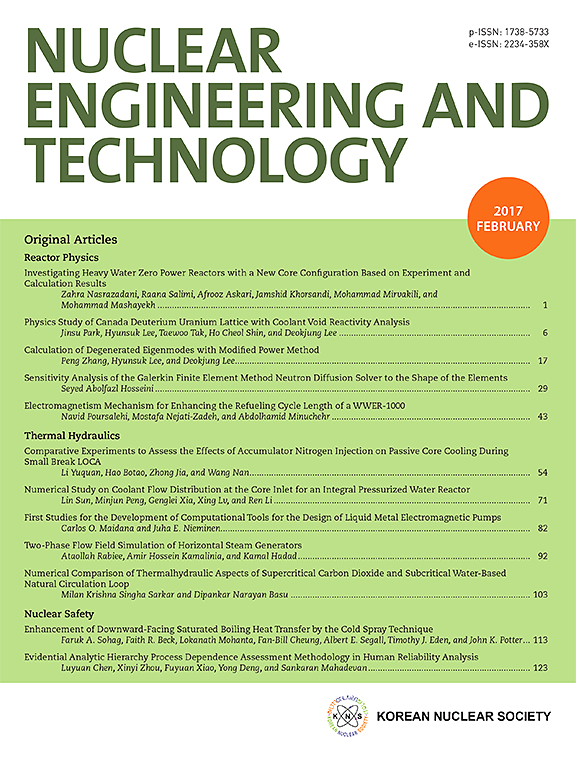用于核电厂循环水系统预测性维护的可解释的机器学习工具
IF 2.6
3区 工程技术
Q1 NUCLEAR SCIENCE & TECHNOLOGY
引用次数: 0
摘要
预见性维护(PdM)是在当前能源市场上实现大量成本节约和提高核电站经济竞争力的巨大潜力策略之一。PdM策略利用机器学习(ML)技术的进步,已经证明了在处理高维和多元数据以及提取工业环境中数据中隐藏关系方面的能力。虽然机器学习技术显示出巨大的潜力,但它们缺乏可解释性,特别是在考虑人类规模的解释任务的多个方面时,这是其采用的主要障碍之一。本文的研究通过考虑可解释人工智能的四个属性,包括上下文因素,可解释的模型选项,使用Shapley加性解释和局部可解释的模型不可知解释的黑箱模型的临时解释,以及人类认知能力和局限性的图形用户界面,开发了一个可解释的ML解决方案。然后将该工具应用于核电厂循环水系统的PdM任务。本文章由计算机程序翻译,如有差异,请以英文原文为准。
Explainable machine-learning tools for predictive maintenance of circulating water systems in nuclear power plants
Predictive maintenance (PdM) is one of the strategies that has shown great potentials in achieving substantial cost savings and enhancing the economic competitiveness of nuclear power plants in the current energy market. PdM strategy taking advantage of advancements in machine learning (ML) technologies have demonstrated ability in handling high dimensional and multivariate data and in extracting hidden relationships within data in industrial environments. While ML technologies show great potentials, their lack of explainability, especially in considering multiple aspects in human-scale explanation-giving tasks, is one of the major hurdles to their adoptions. The research presented in this paper develops an explainable ML solutions by accounting for four attributes of explainable artificial intelligence, including the contextual factors, explainable model options, post-hoc explanations for black-box models using Shapley additive explanations and local interpretable model-agnostic explanations, and graphical user interface for human cognitive capacity and limitations. This tool is then applied to the conducting of PdM tasks for a circulating water system in a nuclear power plant.
求助全文
通过发布文献求助,成功后即可免费获取论文全文。
去求助
来源期刊

Nuclear Engineering and Technology
工程技术-核科学技术
CiteScore
4.80
自引率
7.40%
发文量
431
审稿时长
3.5 months
期刊介绍:
Nuclear Engineering and Technology (NET), an international journal of the Korean Nuclear Society (KNS), publishes peer-reviewed papers on original research, ideas and developments in all areas of the field of nuclear science and technology. NET bimonthly publishes original articles, reviews, and technical notes. The journal is listed in the Science Citation Index Expanded (SCIE) of Thomson Reuters.
NET covers all fields for peaceful utilization of nuclear energy and radiation as follows:
1) Reactor Physics
2) Thermal Hydraulics
3) Nuclear Safety
4) Nuclear I&C
5) Nuclear Physics, Fusion, and Laser Technology
6) Nuclear Fuel Cycle and Radioactive Waste Management
7) Nuclear Fuel and Reactor Materials
8) Radiation Application
9) Radiation Protection
10) Nuclear Structural Analysis and Plant Management & Maintenance
11) Nuclear Policy, Economics, and Human Resource Development
 求助内容:
求助内容: 应助结果提醒方式:
应助结果提醒方式:


